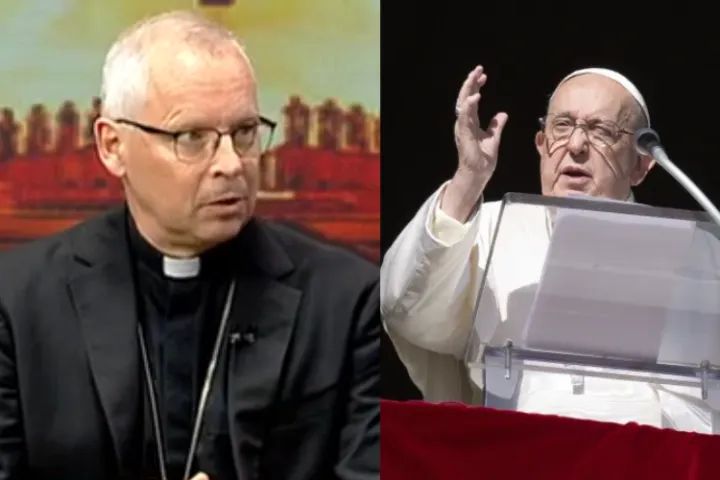“It should be possible to have an African Pope,” the representative of the Holy Father in Kenya Archbishop Hubertus van Megen said in an interview during which he weighed in on the process of electing the successor of the late Pope Francis, who was laid to rest on Saturday, April 26.
He spoke about the significant growth of the Catholic population on the world’s second-largest continent, Africa, which is also the second-most populous continent, after Asia in both cases.
Archbishop van Megen said that while a Pope from Africa is a possibility, he was not sure that the Cardinal Electors will elect an African as a successor of Pope Francis.
“My bet is as good as yours, or yours is as good as mine,” the Dutch-born Vatican diplomat said in response to the question of whether the imminent Conclave will end with an African Pope, and added, “That is very difficult to guess at the moment.”

When Pope Francis passed on Easter Monday, April 21, there were 252 Cardinals. Of these, 135 are Cardinal Electors owing to the 80-year age-cap – participants in the Conclave must be aged below 80 years old. Of the 135 Cardinal Electors, 18 are from Africa.
The Apostolic Nuncio in Kenya noted with concern that the geographical balance of the Cardinals in general and those serving in the Roman Curia in particular does not favor Africa, where the number of Catholics has so significantly increased that they represent “probably about one third of the Catholics in the world.”
In the latest analysis of the life of the Catholic Church globally that the Vatican’s Central Office of Church Statistics released in March, Africa registered the greatest growth; the Catholic population on the continent increased by 3.31%, from 272 million in 2022 to 281 million in 2023.
The 2025 Pontifical Yearbook that covers a two-year period, 2022-2023, revealed that Africa represents 20 percent of the world’s Catholic population. Most of the increase in the number of Priests and Bishops was also observed in Africa and Asia; the increase in the number of Priests in Africa was significant (2.7 percent), when globally their numbers recorded a slight decrease.
The Apostolic Nuncio said that the recorded increase in the Catholic population is not reflected in the hierarchy of the Rome-headquartered institution.
“If I look to Rome and to the Roman Curia, I don’t see that kind of representation within the Curia,” Archbishop van Megen observed, adding that although there is some “opening up” with “more Africans than before, a bit more Asians than before, but it’s still very slow.”
“In many ways that Curia is white. And I do feel that we need to have this kind of proportional representation,” the Vatican diplomat emphasized.
In the history of the Catholic Church, only three out of the 266 successors of St. Peter has been of African descent. They include St. Victor (Pope Victor I), Pope St. Melchiades, and Pope St. Gelasius I, the Catholic Church’s third black Pope known then for saving Rome from famine.
Archbishop van Megen also reflected on the legacy of the late Pontiff. “He always emphasized the importance of the peripheries — not only geographically but also socially,” he said.
Pope Francis’ leadership style, the Nairobi-based Vatican diplomat said, was shaped both by his Jesuit spirituality and his Argentinian roots.
“His motto, Miserando atque eligendo — ‘having mercy and choosing’ — encapsulated his life experience: being forgiven and called despite his imperfections,” he said.
Pope Francis, Archbishop van Megen went on to say, “identified with the people who work, who struggle to survive; and he emphasized that the Church must always stand with the poor.”